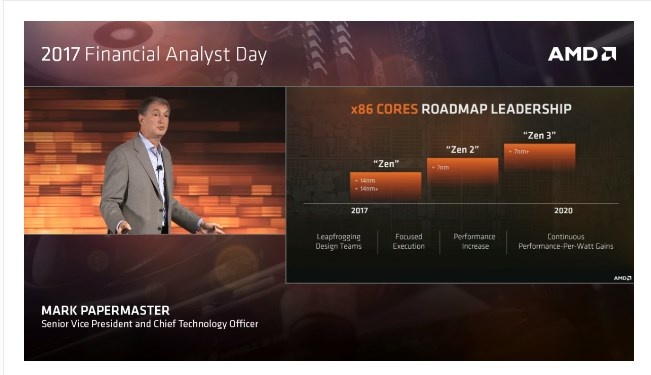
Types, maximum amount and channel quantity of RAM supported by Core i7-7700 and Core i7-9700.ĭepending on the motherboards, higher memory frequencies may be supported. Virtual machine speed-up technologies supported by Core i7-7700 and Core i7-9700 are enumerated here.

Intel® SSE4.1, Intel® SSE4.2, Intel® AVX2Ĭore i7-7700 and Core i7-9700 technologies aimed at improving security, for example, by protecting against hacks. You'll probably need this information if you require some particular technology. Technological solutions and additional instructions supported by Core i7-7700 and Core i7-9700. Some can even double their declared thermals given that the motherboard allows to tune the CPU power parameters. Note that power consumption of some processors can well exceed their nominal TDP, even without overclocking. Useful when planning a future computer configuration or upgrading an existing one.

Information on Core i7-7700 and Core i7-9700 compatibility with other computer components: motherboard (look for socket type), power supply unit (look for power consumption) etc. These parameters indirectly say of CPU speed, though for more precise assessment you have to consider their test results. Intel specifies the TDP at 65 Watt (instead of the 95W of the faster models) and therefore the CPU wont need a high end desktop cooling system.Core i7-7700 and Core i7-9700 basic parameters such as number of cores, number of threads, base frequency and turbo boost clock, lithography, cache size and multiplier lock state. As a high end desktop CPU, the i7-9700 is well suited for demanding tasks and gaming. The single core performance was slightly improved thanks to the higher Turbo clocks. Therefore, the performance gain is not that big - depending on the app.

Compared to the similar named Core i7-9700K, the 9700 has no open multiplicator for easy overclocking, offers lower clock speeds and offers a reduced TDP.Ĭompared to the old Core i7-8700, the 9700 offers two more real cores but no Hyperthreading. It integrates 8 cores (no Hyperthreading therefore also 8 threads) clocked at 3 - 4.7 GHz. The Intel Core i7-9700 is a high end desktop processor based on the Coffee Lake architecture. Intel Core i7-9700 ► remove from comparison When overclocking the CPU, the power consumption can easily rise up to 200 Watt and higher. Intel specifies the TDP at 95 Watt, so if the CPU is used in laptops a big and chunky cooling system is needed to avoid throttling and lower clock speeds under sustained loads. As it is a very low end GPU, only some low demanding games like Hearthstone can be played with it (see GPU page for benchmarks). The integrated Intel UHD Graphics 630 graphics card is clocked at up to 1.2 GHz and offers no advantage compared to previous generations. As a high end desktop CPU, the i9-9700K is suited even for very demanding applications and perfect for 3D gaming. Thanks to the two additional cores, the performance in multi-threaded applications is even better than the old Core i8-8700K with 6 cores and Hyperthreading. It offers an open multiplicator for easy overclocking and integrates 8 cores (no Hyperthreading therefore also 8 threads) clocked at 3.6 - 4.9 GHz and it needs a new Z390 based mainboard. The Intel Core i7-9700K is a high end desktop processor based on the Coffee Lake architecture.

Intel Core i7-9700K ► remove from comparison


 0 kommentar(er)
0 kommentar(er)
